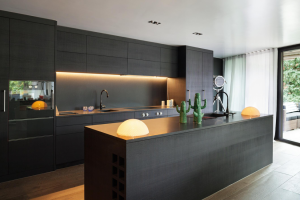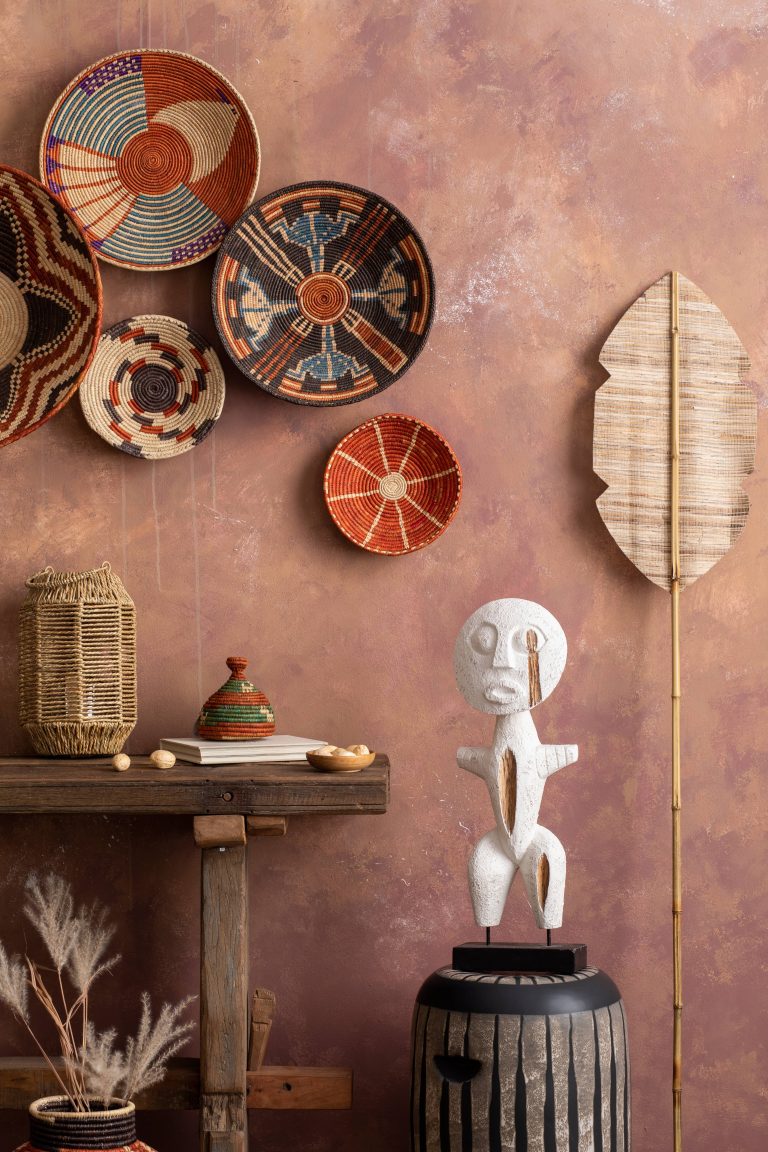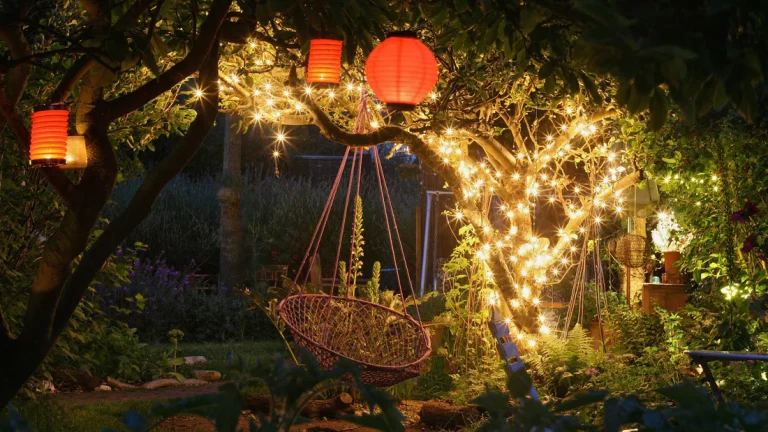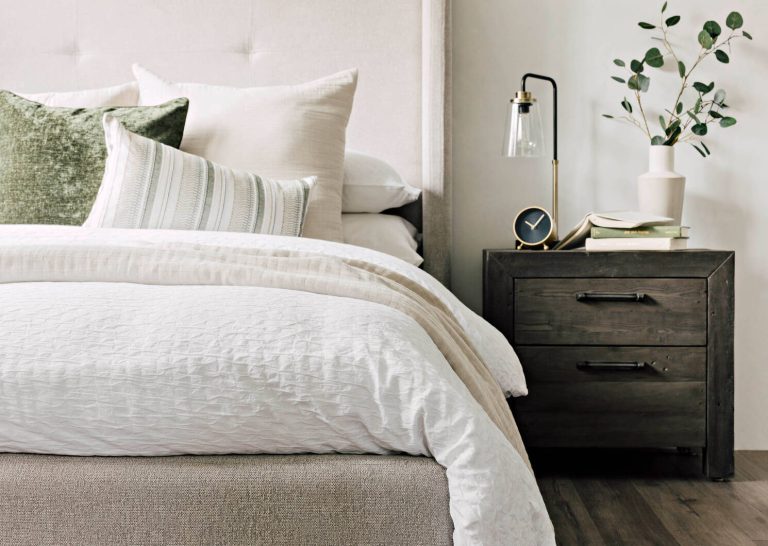
Whether you live in a cozy apartment or a spacious house, the need for extra storage is universal. Shelves are not only functional but can also add an aesthetic touch to any room. From holding books and knick-knacks to displaying your proud collection of indoor plants, installing shelving can be a game-changer in organizing and beautifying your home. This guide will walk you through the process of installing shelving in every room, offering tips on styles, materials, and placement.
The Benefits of Shelving
Before diving into installation, it’s essential to understand why shelving is a wise choice. Shelves provide:
– Organization: Say goodbye to clutter. Shelving helps keep things organized and within reach.
– Stylish Display: Showcase personal items, collectibles, and decor that express your style.
– Space Optimization: Make the most of vertical space in small rooms.
– Versatility: Shelving can adapt to any room’s needs, from a functional kitchen rack to an elegant living room display.
What to Consider Before Installing Shelves
1. Location and Purpose
Determine where the shelving will be installed and its primary purpose. Is it for storage, display, or a combination of both? Understanding this will guide your material and style choice.
2. Wall Type
Check if your walls are made of drywall, plaster, concrete, or brick. This will influence the type of anchors or screws you use.
3. Weight Capacity
Estimate the weight the shelves need to hold. This will help you choose the right bracket size and material.
4. Style and Materials
Consider the existing decor of the room. Wood, metal, glass, and laminate are popular choices, each offering a different aesthetic.
Room-by-Room Guide
1. Living Room
The living room is a social space that benefits from both decorative and functional shelving. Floating shelves are a popular choice, creating a sleek, modern look. Test staggered arrangements for a dynamic display of books, family photos, and art pieces.
DIY Tip:
To achieve a seamless look, choose shelves that match your wall color or, for a bolder statement, contrast colors for the shelving and wall.
2. Kitchen
In the kitchen, open shelving offers practical storage and a chance to display beautiful dishes and glassware. Consider installing wooden or metal shelves above the countertops or sink to keep essentials handy.
DIY Tip:
Use reclaimed wood or stainless steel shelves for a farmhouse or industrial look respectively. Make sure shelves are sturdy enough to hold heavy cookware if needed.
3. Bathroom
Bathrooms are often tight on space, making wall shelves a perfect solution for storing toiletries and towels. Opt for materials resistant to moisture, like glass or coated metal.
DIY Tip:
In small bathrooms, over-the-toilet shelving is a smart way to utilize vertical space without taking up floor area.
4. Bedroom
Shelving in bedrooms can serve as a stylish solution for storing books, jewelry, or decorative items. Floating shelves above the bed or beside the dresser offer space without encroaching on the floor.
DIY Tip:
Install corner shelves to cut across unused corners and create a cozy, niche storage space.
5. Home Office
A home office demands efficient organization. Adjustable shelves let you customize storage for folders, books, and supplies.
DIY Tip:
Create an accent wall with built-in shelving units that can accommodate everything from filing boxes to decorative items, enhancing both form and function.
6. Garage or Basement
In spaces mainly used for storage, install heavy-duty shelves that can support the weight of tools, storage boxes, and seasonal items.
DIY Tip:
Look for metal or wire shelving that offers durability and ventilation, helping to prevent moisture buildup on stored items.
How to Install Shelves
Materials Needed:
– Shelves (material of choice)
– Brackets or floating shelf supports
– Screws and wall anchors
– Level
– Drill
– Measuring tape
– Pencil
– Stud finder
Steps:
1. Measure the Area: Use your measuring tape to mark where you want to install the shelves. Make sure there’s enough space between the shelves to accommodate the items you plan to store.
2. Find Studs: Use a stud finder to locate wall studs, or use wall anchors if studs are unavailable in your desired location.
3. Mark and Level: Pencil in the spots for screws, ensuring they’re level. This is crucial for both aesthetic and structural integrity.
4. Drill Holes: Drill holes for anchors or directly into the studs.
5. Install Brackets or Supports: Secure the brackets or supports with screws, using your drill.
6. Mount the Shelves: Place the shelves onto the brackets and secure them. Check again with a level for perfect alignment.
7. Stylize and Load: Start arranging items on the shelves, playing with balance and symmetry to create an eye-catching display.
Final Touch
Shelving is more than just a storage solution; it’s an opportunity to enhance your home’s aesthetic. Consider adding LED strip lights underneath, painting the backs a different color for depth, or integrating plants to breathe life into the design.
With this guide, you’re equipped to transform every room in your house by installing shelves that are not only practical but add a personal touch to your home. Happy DIYing!













